Below is a floating signal source is connected to an instrumentation amplifier. The floating signal source stays in a metallic enclosure.
To make best out of it for this connection in terms of noise, the circuit should be balanced. Here is what I understand so far:
1-) The source impedance Rs1 must be found empirically so that we should add Rs2 in series to the negative terminal of the source. So I have to measure all source's output impedances and add proper resistors. Rs1 must be equal to Rs2.
2-) We should use twisted shielded pair. This will ensure that magnetic coupling to pairs be L1=L2 because of twisting. And the shield will protect the capacitive coupling of electric fields.
3-) The shield should be connected at one end to the earth. In this case at the receiver since the source is floating.
I'm planning to follow the above procedure. But what I don't know about the following:
1-) Should the point A be connected to the Metallic case?
2-) Should the AI GND be connected to the earth?
3-) Is 10Meg recommended value? I read it from just one document.
